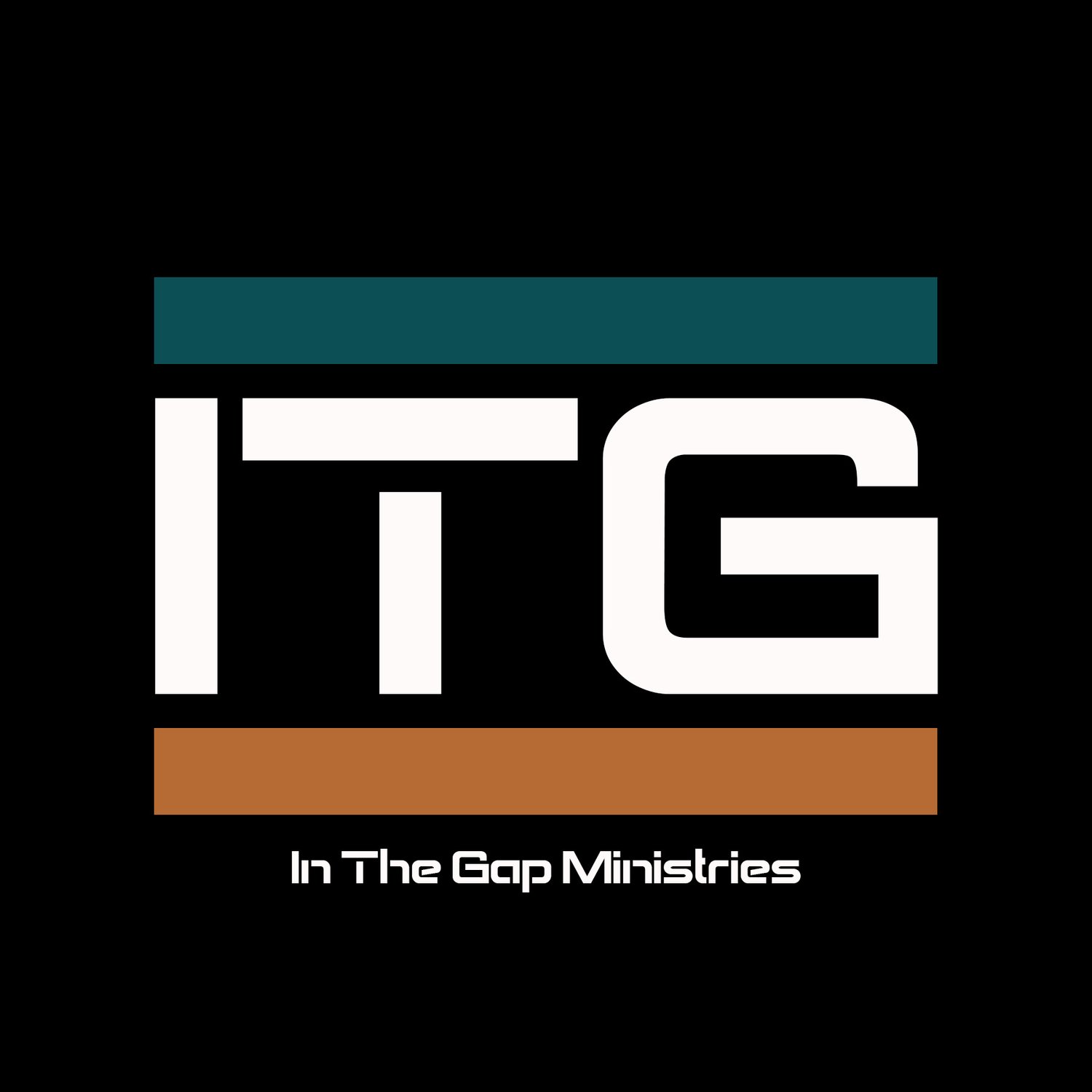The San Carlos Apache Reservation was established in 1871 and is the 3rd largest reservation in Arizona, encompassing 1.8 million acres of land in Eastern Arizona with a population of just over 10,300.(2016)
San Carlos is one of the poorest Native American communities in the United States, with a median annual household income being below $25,000, with 74% of the population under 200% of the federal poverty level.
37% of the population is on unemployment compared to the national unemployment rate of 4.1% and the state of Arizona rate of 4.5%.
24.2% of the San Carlos Apache tribe have less than a 9th grade education
6% of the San Carlos Apache tribe have a 9th - 12th grade education (no diploma)
38.7% of the San Carlos Apache tribe are high school graduates
At the San Carlos Apache Reservation, the violent crime rate is ten times the national average. Organized crime has identified Indian reservations as a haven for the transportation and distribution of Methamphetamine. Tribal Leaders are suggesting that an entire generation of young people may soon be lost to Meth.
The leading cause of death in San Carlos:
Adolescent (15-19) Intentional self-harm by hanging, strangulation
Young Adult (20-44) – Motor-or non-motor- vehicle accident
Mid Age (45-64) – Alcoholic liver disease (The average life expectancy for a male Apache is 54 years)
*Statistics and specific information were used from: AZ Dept of Health Services report 2016,Wikipedia, Arizona Cooperative Extension from the University of Arizona report 10/08, San Carlos Apache Reservation Community Profile via Arizona Department of Commerce and U.S. Census Bureau, Testimony of Chairman Wensler Nosie, SR for the No Child Left Behind impact on Indian Education for the US House of Representatives, and Safe Indian Communities Newsletter DH-45
